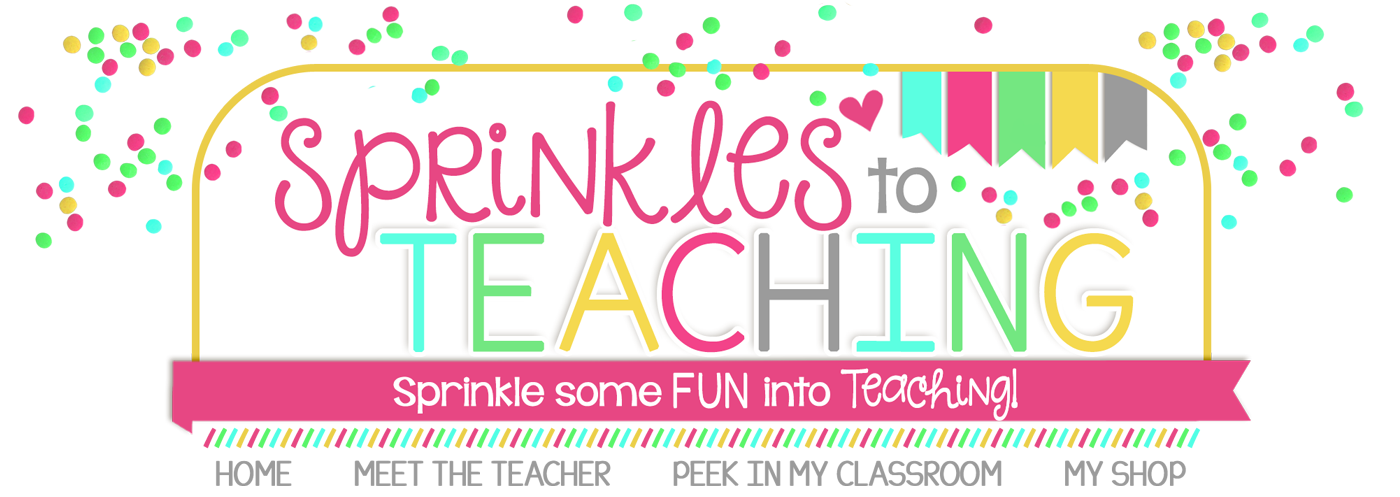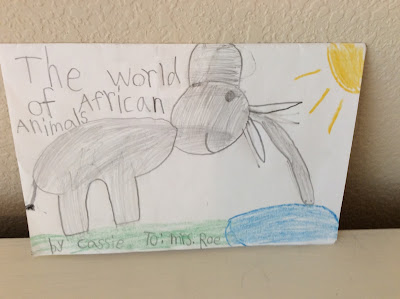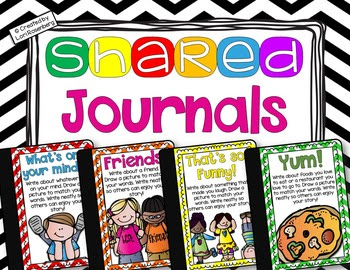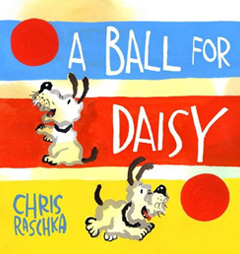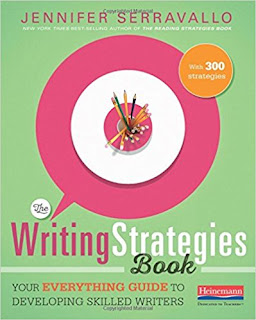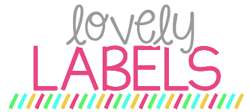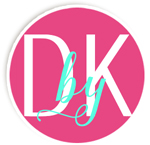Welcome to Day 5! I hope this week has helped you feel more prepared to teach your young authors!
Today is all about writing choices while you instruct small groups. THIS IS NOT WRITER'S WORKSHOP TIME.
I use Daily Five as my model for "what the other students are doing" but I have also had schoolyschool when I used a centers or stations approach to independent writing. Regardless of which you prefer, these ideas will help your authors practice writing independently during your small group literacy instruction time.
A lot of these ideas are self explanatory, but I did want to show you some of my littles' creations from kindergarten. If Kinder kids can do these, then first and second graders definitely can!
SIDE NOTE: Since kindergarteners are still learning how to print letters, it's OKAY to have letter printing activities in your Working on Writing choices. This is a scaffolded skill. The joy in independent writing time is that there are many choices, so your higher learners can have writing choices while your emergent writers can work on letter printing. YOU KNOW YOUR KIDS BEST!
Here is an example of one my cutie's pop up books that she created independently during Daily Five when we were learning about zoo and African animals.
Now this cutie' didn't just know how to make a pop up book. I added pop up paper to our choices in the second semester after we had created a few pop up books as a class during the first semester. Any new idea needs really good teaching before it can become and independent choice.
Here is my FREE pop up paper and a video I made to show you how to make pop up books with your kiddos.
Another simple and preferred writing choice is writing about exciting news. We all know young children can talk for HOURS about themselves and grandma visiting and their dog digging a hole and what they had for dinner... You get the point! I often stop the stories by saying "That sounds really fun! Can you tell me all about it by writing to me?" So, I created this little gem for sharing news! Click HERE to get it for FREE!

That reminds me, if a atudent wrote a letter for me, I have them place it in my mailbox. Do you see it on the shelf to the left? I would encourage you to get a mailbox to collect ALL of the treasures your kiddos write you!
Another writing choice my kiddos love is creating 3D stories. Here are two examples.
Again, this has to be taught. I showed my littles how to create characters that stood up by making a foldable tab on the bottom of their characters and about adding details in a setting, as well as how to attach the written portion of their story.
One of our most favorite writing choices are our shared journals. I don't have a picture of them from my classroom, but I bought them from my friend Lori. They're just journals in which you add a topic label to the front like "My Teacher" or "Pets" and anyone from the classroom can write in the journal about that topic.
I hope this gives you some ideas about what you can add to your independent writing choices! Just a few tips...
1. Remember it is a choice so it's alright if a student chooses the same writing choice each day at check-in. After all, it will take a child days to create a pop-up book, so she may choose to work on it each when he/she picks a writing choice. Just celebrate writing anything independently!
2. Make sure you have a system for supplies. Where are your students' pencils, crayons, etc. that are needed for writing choices? Do they each have a supply box you want them to use? Are there shared supplies stored in the writing area?
3. What is your system for turning in the finished product? Do they place it in a turn in basket?
4. What if a child isn't finished? Since writing takes time to complete, I have my students place stories they aren't finished with in their "Ketchup Folder" to complete the next time they choose Work on Writing at Daily Five.
THANK YOU for joining me on this writing journey this week! I really hope you have many takeaways on how you can help your students love writing! Please email me at ericanroe@yahoo.com if you have any questions. I am always happy to help!

